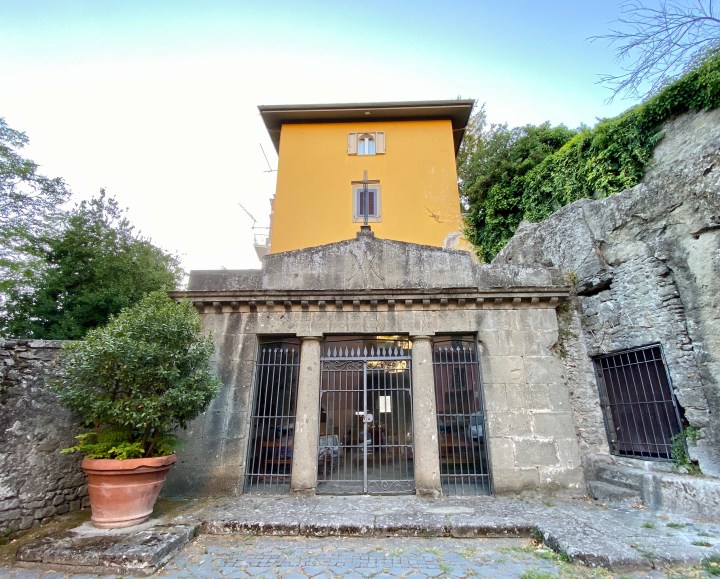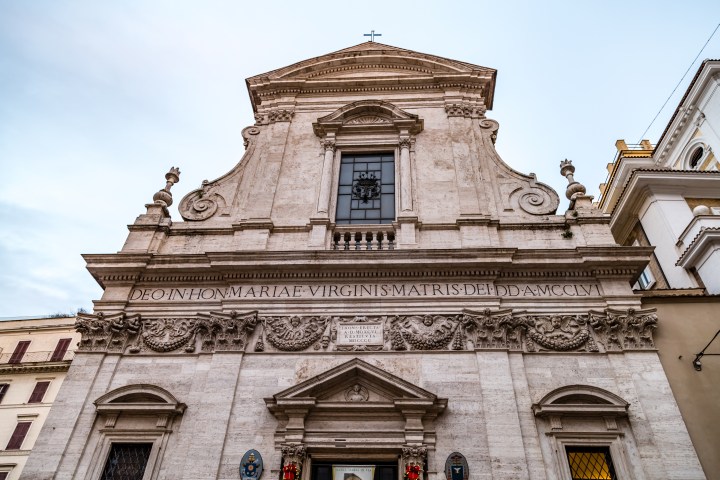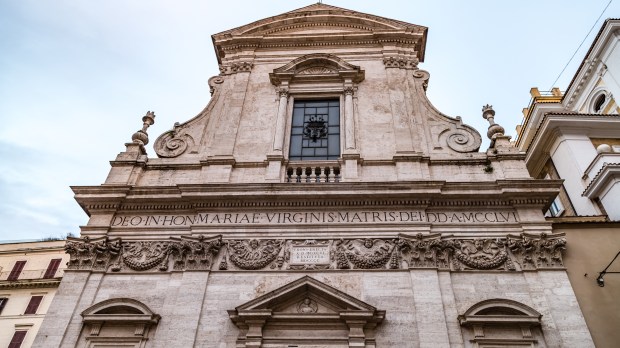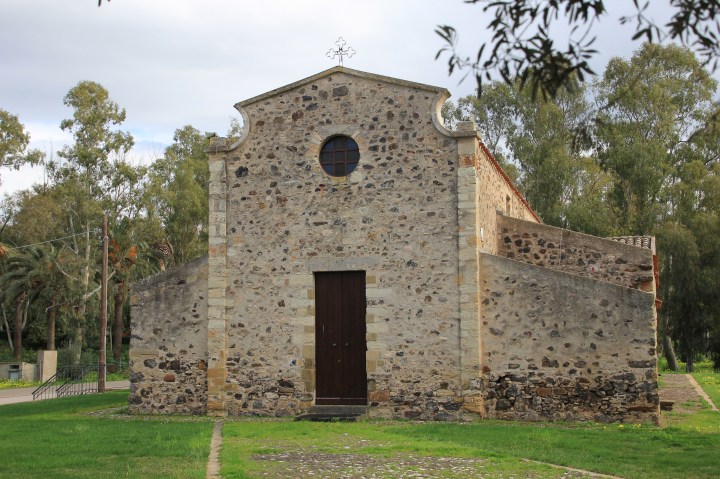Water plays a key role in Catholicism. Holy water is used in key rituals like baptism and blessings of people, homes or objects. For this reason, Catholics built many churches in places deemed sources of holy water. Visitors to Italy will find a church dedicated to “Mary of the Holy Waters” in nearly every region. Sometimes these ancient sources of holy water were later scientifically proved to be therapeutic, becoming a universally accepted source of healing for the general population. Here is a gallery of some of the most interesting “holy water” churches” of Italy
Santa Maria delle Acque, Sardara, Sardinia
Built between the 11th and 12th century, the Church of Santa Maria delle Acque, literally Blessed Mary of the Waters, stands on a thermal water spring that had been discovered at least since Roman times. Thousands of pilgrims traveled to this church throughout the centuries to pray and find healing for their ailments in the thermal waters including the papal appointed King Hugh II of Arborea who came every year to cure his gout. The most important element of the church is a statue of the Virgin, named Virgin of the Holy Waters, carved between the 16th and 17th century. Each year on the parish feast day, the statue is carried to the thermal spring in a chariot. Today, the waters of Sardara have been recognized as therapeutic water with people traveling to the site every year to cure their ailments.
Madonna dell’Acqua Santa, Marino, Latium

The Sanctuary of Mary of the Holy Water located in Marino, 12 miles south of Rome, was built in 1200 near a thermal water spring that had been known since Roman times. According to a tradition, it was built after a Marian apparition in which the Blessed Mother helped a man who lost control of his horse by handing the animal a bowl of water. A statue of the Blessed Mother was carved out of a rock located on top of the spring with the sentence: ” APUD TE EST FONS VIATE “ (the source of life is with you).
Grotticella della Madonna dell’AcquaSanta, Palermo, Sicily
This cave grotto was probably the site of a pagan shrine before becoming a subterranean church somewhere during the 12th century. It is located in a natural cave with a fresh water spring on the coast of Palermo, Sicily. Today it is mostly abandoned, but a fresco depicting the Madonna can still be seen as well as a painting of Palermo’s patron saint, Santa Rosalia. During the 19th century, scientists proved that water from this cave had therapeutic properties and locals built a thermal spa just outside the church to offer access to healing waters to people suffering from a variety of ailments.
Madonna dell’Acqua Santa, Laureana Cilento
This 17th-century church was built on a source of freshwater with miraculous properties that had served as a Marian shrine since at least the 7th century. According to a tradition, it was built where three virgins from a nearby village had been stoned because they had escaped their homes to listen to St. Paul’s preaching. The fresh water spring is accessible from within the church and today it is still used for baptism and other rituals. Every year, on the Tuesday after Pentecost, the Statue of Mary of the Holy Waters is taken in a procession among nearby villagers with believers queuing up to get blessed with the holy water.
Santa Maria in Via, Rome

Churches built on holy water sites are not just found in rural areas. The church of Santa Maria in Via, known as Madonna del Pozzo, literally Madonna of the Well, in Rome, is a perfect example. According to a tradition it was built after a Marian apparition took place in the well of a horse stable in front of a group of awestruck witnesses. The following day, Cardinal Pietro Capocci, owner of the stables, asked Pope Alexander IV to build a church there. Today, the Madonna of the Well attracts pilgrims from around the world, and bottled water sourced from its well is shipped to worshipers in every corner of the world from Australia to America.


